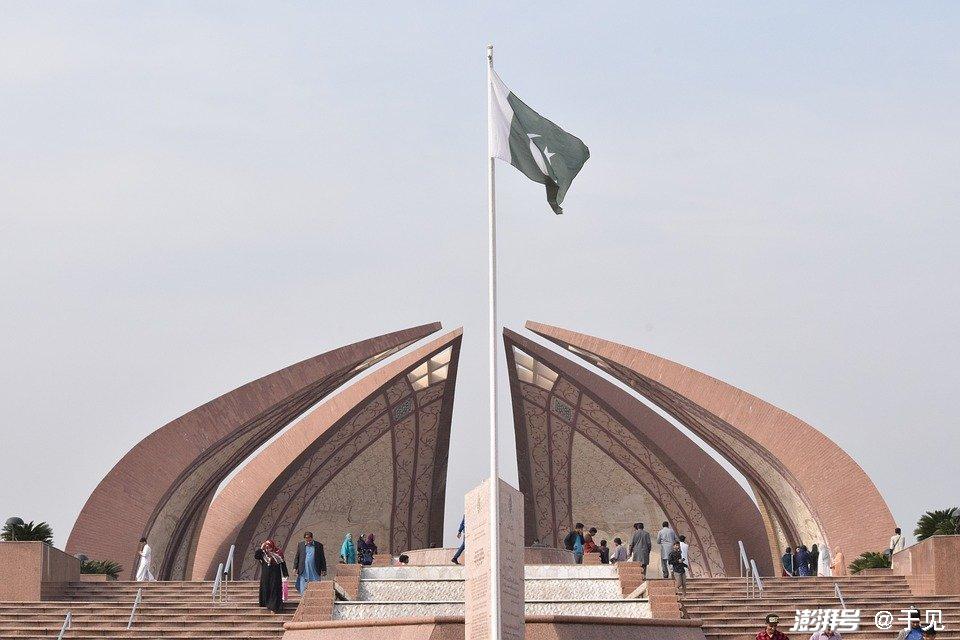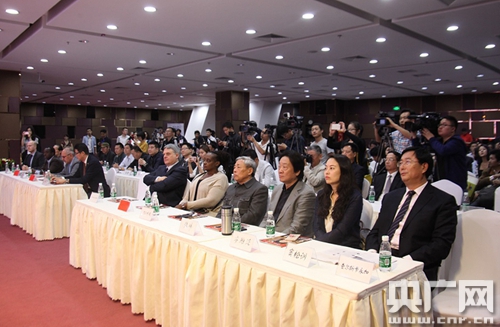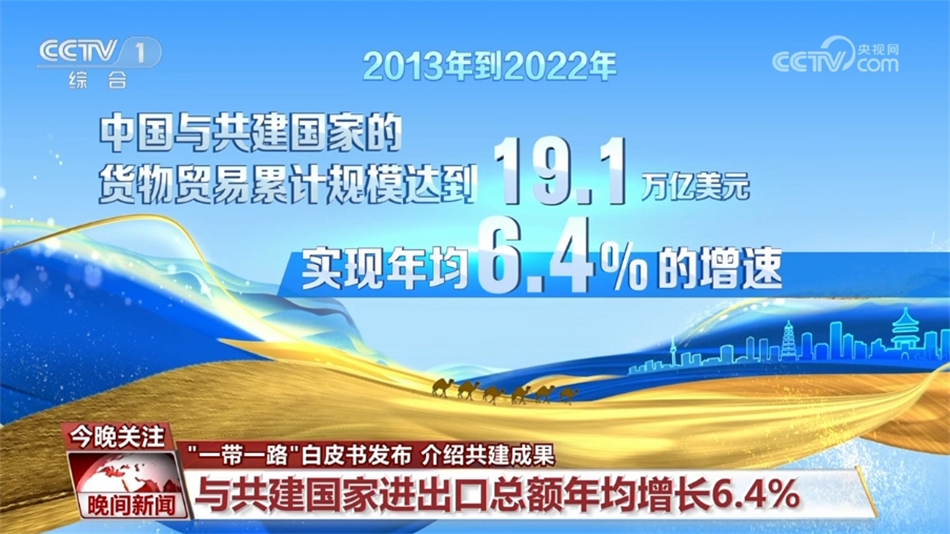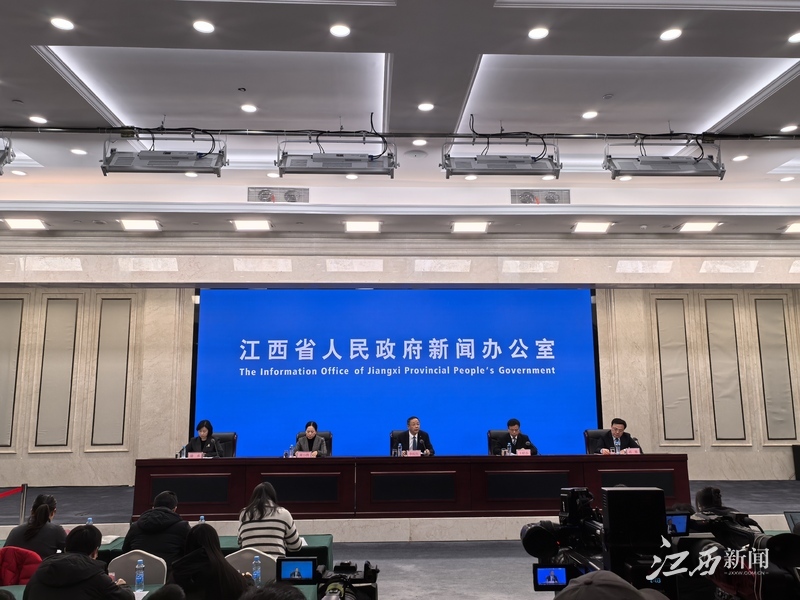The Total Economic Output Of The Yangtze River Delta Has Increased By 12.02 Trillion Yuan In Six Years, And Jiangsu Accounts For 5 Of Its 9 Trillion-dollar Cities.
The Total Economic Output Of The Yangtze River Delta Has Increased By 12.02 Trillion Yuan In Six Years, And Jiangsu Accounts For 5 Of Its 9 Trillion-dollar Cities.
On September 29, the third press conference on the series of themes "Resolutely shoulder the responsibility of major economic provinces to shoulder the responsibility of taking the lead" was held in Nanjing.
On September 29, the third press conference on the series of themes "Resolutely shoulder the responsibility of major economic provinces to shoulder the responsibility of taking the lead" was held in Nanjing. In recent years, Jiangsu has promoted the integrated development of the Yangtze River Economic Belt and the Yangtze River Delta, strengthened the docking of national strategies such as coordinated development of Beijing-Tianjin-Hebei, and the construction of the Guangdong-Hong Kong-Macao Greater Bay Area, deeply integrated into the high-quality joint construction of the "Belt and Road", and strived to better play a hub and drive role in serving the construction of a new development pattern.
Focusing on "integration" and "high quality", Jiangsu fully implements the integrated development strategy of the Yangtze River Delta
At the press conference, Shen Jianrong, director of the Jiangsu Provincial Development and Reform Commission, introduced that since the integrated development of the Yangtze River Delta has risen to a national strategy, the total economic output of the entire Yangtze River Delta has increased from 21.15 trillion yuan in 2018 to 33.17 trillion yuan in 2024, accounting for 24.7% of the country, equivalent to one-quarter. Among them, Jiangsu achieved a regional GDP of 13.7 trillion yuan in 2024, accounting for 41.3% of the total volume in the Yangtze River Delta. There are 9 trillion-level cities in the Yangtze River Delta region, and 5 in Jiangsu.

At the same time, the cross-regional integration of scientific and technological innovation and industrial innovation has achieved remarkable results. Two batches of Yangtze River Delta innovation consortiums have been established, with a number of 24 companies. The Yangtze River Delta Advanced Manufacturing Cluster Alliance has been established, and the construction of platforms along the Shanghai-Nanjing Industrial Innovation Belt, G60 Science and Technology Innovation Corridor, and the Yangtze River Estuary Industrial Innovation Green Development Collaborative Zone has been continuously promoted.
In accelerating the innovation of integrated systems and mechanisms, we have worked together to promote the formation of 154 institutional innovation results in the Yangtze River Delta Integrated Demonstration Zone, promote the implementation of 16 key tasks of deepening integrated development in Suzhou and Shanghai, and jointly build a new functional zone adjacent to the inter-provincial industry cooperation park.
Promote high-level coordinated opening up, jointly build a national unified market pilot zone, continuously improve the development level of the northward expansion belt of Hongqiao International Open Hub, accelerate the construction of high-speed rail channels such as Shanghai-Chongqing, Tongsu-Sujia-Ningbo, and unveil the establishment of Shanghai-Chongqing-Yunming rail transit operation companies.
We have worked together to optimize the livable and business-friendly environment, jointly promoted the integrated practical projects such as improving the quality and expanding the scope of medical insurance cross-provincial settlements, and innovatively created the "Yangtze River Delta Recruitment Zone", with 203 government service matters and 78 residents' service matters, realizing the "one-stop service" and "one-card universal" in the Yangtze River Delta.
Jointly implement large-scale protection and not large-scale development, and further promote high-quality development of the Yangtze River Economic Belt
In recent years, Jiangsu has continued to fight the tough battle against the protection and restoration of the Yangtze River in depth. A reporter from Modern Express learned from the press conference that the main stream of the Yangtze River Jiangsu section has maintained Class II for seven consecutive years, and the proportion of ecological coastline has increased from 58.3% to 64.5%. After the "ten-year fishing ban" of the Yangtze River was launched, the task of withdrawing fishing bans from the main stream of the Yangtze River and aquatic biological protection areas has been fully completed. The number of fishing boats and fishermen withdrawn from fishing accounts for nearly 20% of the entire basin, and the density of species resources has significantly rebounded. The scope of the "Smiling Angel" Yangtze River porpoise has expanded to the entire Jiangsu section of the Yangtze River.
At the same time, Jiangsu actively promotes the green transformation of industries along the river, strives to promote the renewal of traditional industries such as chemicals, steel, coal and electricity in the province, and closes and bans "scattered, messy and polluting" enterprises along the river in accordance with the law. The scale of green industries such as new energy, energy conservation and environmental protection ranks among the top in the country. Shen Jianrong introduced that to promote the integration of industrial chains and innovation chains in the riverside region, the province has been approved for a total of 14 national advanced manufacturing clusters, accounting for nearly 1/3 of the total number of provinces in the Yangtze River Economic Belt.
The comprehensive three-dimensional transportation corridors of "water transport Jiangsu" and "Jiangsu on rail" are also being accelerated. The total mileage of inland waterways in the province has reached 24,000 kilometers, accounting for about 1/5 of the country; projects such as the South Yangtze River High-speed Railway have been opened to traffic one after another, and the North Yangtze River High-speed Railway is being accelerated. At the same time, with the world's largest span cable-stayed bridge, Changtai Yangtze River Bridge, officially opened to traffic, 20 cross-river channels have been built in the province, and regional interconnection has taken new steps.
Consult, build and share together, and strive to promote the construction of the intersection of the "Belt and Road" in depth and practical
In recent years, Jiangsu has continuously expanded the scale of economic and trade cooperation, continued to strengthen international production capacity cooperation, vigorously promoted the construction of land-sea channels, closely deepened cultural exchanges on the Silk Road, and strived to promote the construction of the intersection of the "Belt and Road".
Statistics show that from January to August this year, Jiangsu's imports and exports to the countries jointly built were 1.91 trillion yuan, an increase of 10.3%, accounting for the total import and export value of the province increased to 49.9%, which is nearly half. Leading enterprises such as Soho Group and XCMG have been cultivated, and international scientific and technological cooperation platforms such as the China-Central and Eastern European Countries Technology Transfer Center have been built. Seven overseas parks have created more than 60,000 jobs for the local area. A total of 10 10 tons of ports have been built, a total of 89 foreign trade near and ocean routes have been opened, and 9 transportation airports in the province have all achieved Class I port opening, and have been approved to build the Lianyungang-Xuzhou China-Europe Railway Express Assembly Center.
At the same time, Jiangsu has established a total of 153 pairs of friendly cities with the co-built countries, ranking among the top in the country. It attracts nearly 30,000 students from the co-built countries to study in Jiangsu every year, and sends medical teams to treat more than 10 million patients from the recipient countries. The "circle of friends" for jointly building the "Belt and Road" is getting bigger and bigger.
Based on the strengths of Jiangsu and local needs, we will do a good job in counterpart support and cooperation at a high level
Counterpart support is a key task assigned by the Party Central Committee to Jiangsu. Shen Jianrong introduced that since the 14th Five-Year Plan, Jiangsu has arranged more than 34 billion yuan in counterpart support cooperation funds, organized and implemented more than 8,000 counterpart support cooperation projects, and added more than 1,600 new cadres and talents. A series of micro-actual projects for people's livelihood such as "Road to Get Rich", "Heart Warm House" and "Happiness Bridge", and other brands, creating "Doctor Su", "Teacher Su", and "Science and Technology Courtyard", helping more than 10,000 poverty-stricken villages to continue to promote the comprehensive revitalization of rural areas.
In recent years, Jiangsu has helped the development of Lhasa in Tibet, Yining’s textile industry in Xinjiang, and the clean energy industry in Qinghai, and helped Ankang, Shaanxi to build a “new capital of plush toys in the world”. Relevant experiences and practices have been promoted nationwide, and cooperation between East and West industries has become more fruitful.
Balanced coordination, complementary advantages, and strive to improve the regional economic pattern of sector linkage and characteristic development
At the press conference that day, a set of outstanding data from Jiangsu was also released.
In 2024, the contribution rate of the Yangtze River urban agglomeration to the province's economic growth reached 76.7%. The functions of the Yangtze River urban agglomeration have been continuously improved; the GDP of Jiangsu coastal areas reached 2.49 trillion yuan, a year-on-year increase of 5.9%; in the coordinated development of the inter-junction area of Jiangsu, Anhui, Shandong and Henan provinces and the promotion of Xuzhou regional central city construction, Xuzhou's total economic output has always maintained more than 20%; the green productivity of the Jianghuai Ecological Economic Zone has been accelerated, and a total of 48 national-level green factories have been created.
The ratio of per capita GDP of southern Jiangsu and northern Jiangsu has narrowed to 1.86, and the ratio of per capita disposable income of residents has narrowed to 1.80. It is one of the provinces with the smallest regional gap in the country. The balance and coordination of regional development in the province continue to improve.
Shen Jianrong further introduced that since the 14th Five-Year Plan, coastal areas have continued to promote high-quality development, and have exceeded 5 trillion-level steps for five consecutive years. In the first half of this year, the coastal areas grew by 5.7%, exceeding 1.25 trillion yuan, achieving effective quality improvement and reasonable quantitative growth. The strength of industrial science and technology innovation integration has continued to improve. Major science and technology innovation platforms such as the Nantong Marine Advanced Research Institute of Southeast University and the Yangtze River Delta Advanced Research Institute of Harbin Engineering have settled in Jiangsu. Four industrial clusters have been selected as national advanced manufacturing clusters. The added value of the shipbuilding industry and offshore equipment manufacturing industry remains the first in the country. The "first" and "first" major equipment such as the semi-submersible deep-water drilling platform have been implemented one after another, and the new development trend of coastal areas is obvious.
Modern Express/Modern Reporter Wang Yi





